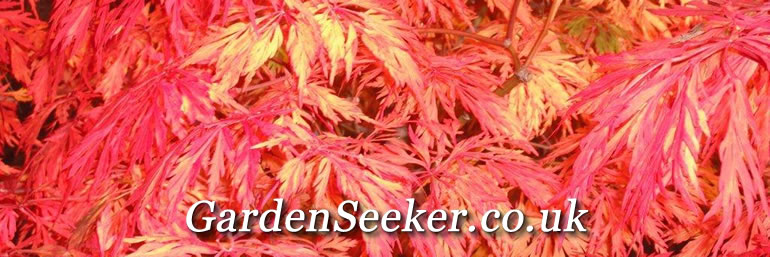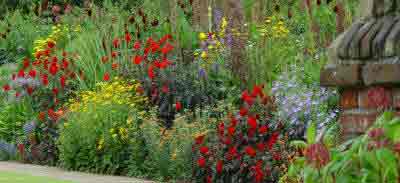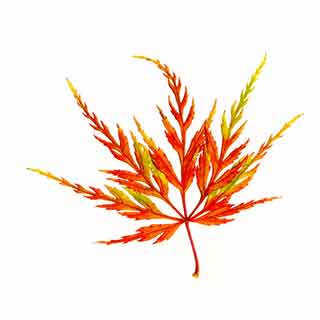

Perennials are plants that will normally live for a long time – several or many years. Some perennials die down to ground level each autumn/winter and start to re-grow the following spring. Those that die down and re sprout are known as Herbaceous Plants. They normally increase in size each year, because they will be re-starting life with a larger root system left over from the previous year. Other Perennials do not die down each year, and they are known as evergreen perennials . Trees and shrubs are typical examples!
Herbaceous Plants – or herbaceous perennials are often mistaken for herbs! Some herbs can be herbaceous. Herbaceous perennial simply describes the way the plant survives. In this case, it hides away for the winter. Think of it as a hibernating being! If a plant is described as a herbaceous plant, it dies down!
Most of the herbaceous perennials in this section, die down in the autumn; lay dormant for the winter; then sprout into life from ground level in the spring.
Some herbaceous perennials - generally in warmer parts of the world,
thrive in the winter or early spring, then die down for the summer
months and emerge in either autumn or late winter.
Most of the bulbs that we use in the UK and other temperate gardens, are herbaceous - and they are also perennials - (herbaceous perennials) and they die down in late spring, lie dormant throughout the summer months, then start to grow in late winter. A notable exception is the colchicum - commonly known as the autumn crocus. These start to flower in the Autumn - before their foliage emerges for the winter and then dies down again in the spring.
Some plants are confused as being 'herbaceous' as they die off completely after their summer flowering, but before dying off, tend to scatter their seeds which usually emerge as seedlings in the same autumn. They then over-winter, sometimes growing a little at the same time, and the seedlings then grow in the spring to start flowering in late spring or early summer.
These are actually biennials. A biennial is a plant that grows in year 1 as a seedling, to flower, then die completely the following year. Foxgloves are such plants. Each plant dies after flowering and seeding. But there are enough seedling foxgloves to carry on the next year.
Forget me Not - Myosotis - are also biennials. So, once you have them, you will always have them!
So biennials are distinct from perennials, in that they have a full life span of just one year. Normally growing from seed in late year 1, and then flowering and dying in middle of year 2.
Herbaceous borders are typical, in that they grow and flower through the spring and summer, then die down in the winter – making it easier for the gardener to maintain and control the border.
Some of the plants used in herbaceous borders are in fact normal evergreen perennials and not herbaceous. This way you can extend the flowering season for up to twelve months.
A Herbaceous border at Great Comp Garden in Kent.
